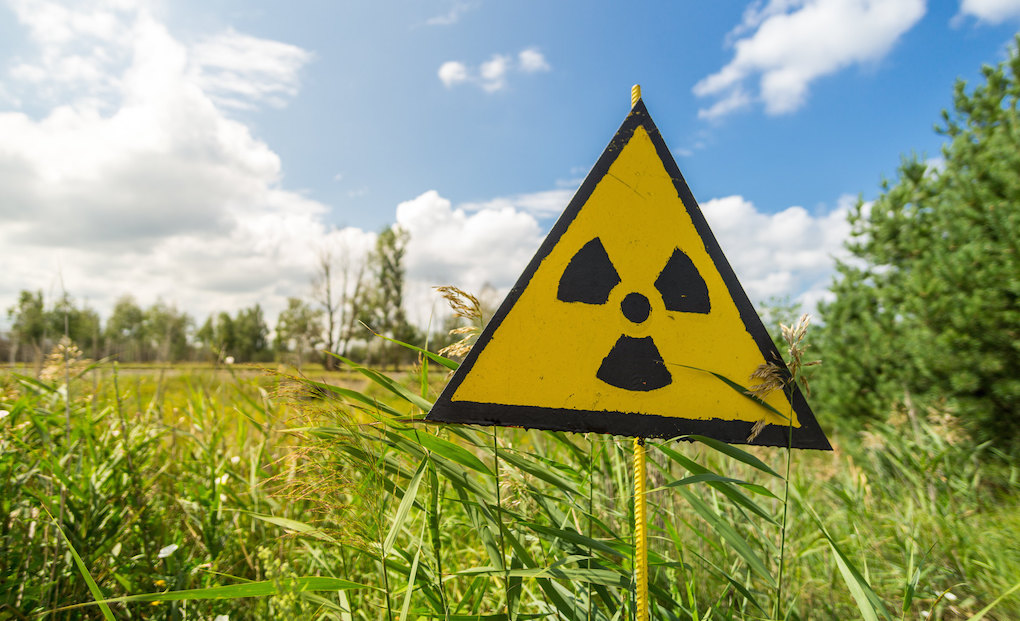Ignoring the advice of her own expert panel, Trudeau’s environment minister Catherine McKenna has exempted more projects and further gutted Canada’s environmental assessment regime.
The Trudeau government’s controversial Impact Assessment Act (Bill C-69) and its key regulation (the Physical Activities Regulations, better known as the “project list”) came into force on August 28 — slipped through during the summer season.
In 2012 the Harper government slashed the number of projects requiring environmental assessment, arguing that only the biggest projects have an impact on the environment.
Under the Impact Assessment Act, many nuclear projects can now proceed unimpeded by impact review requirements to assess effects on the environment, health, social or economic conditions; effects of malfunctions or accidents; or impacts on the rights of Indigenous peoples.
The Harper government’s 2012 project list did require assessment of new uranium mines or mills. The new list requires assessment only if a uranium mine or mill has a capacity over 2,500 tonnes per day.
The 2012 list required assessment of new nuclear reactors. The new list allows reactors generating up to 200 million watts of heat to be built anywhere without assessment.
Furthermore, the new list allows nuclear waste storage facilities to be built on the sites of any of these so-called “small modular reactors” without assessment.
This paves the way for a Canadian landscape dotted with mass-produced nuclear reactors — the vision of a “roadmap” released by Natural Resources Minister Amarjeet Sohi in November 2018.
Canada’s nuclear industry giants — Cameco and SNC-Lavalin — were deeply involved in these developments. The nuclear industry has long been the darling of the federal government.
Cameco operates the world’s largest uranium mine in northern Saskatchewan, the world’s largest commercial uranium refinery in Blind River, Ontario, and the Port Hope, Ontario uranium conversion facility. But it has been losing global market share to facilities in Kazakhstan.
Competition is fierce. Uranium markets dried up after the Fukushima disaster. Rapid growth of renewables has virtually halted reactor construction.
Under a secret 10-year, multi-billion-dollar contract put in place during the fall 2015 election period, the Harper government gave SNC-Lavalin, in alliance with two U.S. companies, ownership of “Canadian Nuclear Laboratories” (then a subsidiary of the Crown corporation, Atomic Energy of Canada Limited).
The contract allows the alliance to carry out commercial activities — including small nuclear reactor development — at the federal government’s heavily subsidized research facility in Chalk River, Ontario.
According to the federal lobbyist registry, Neil Bruce, former president of SNC-Lavalin, met with Michael Binder, former president of the Canadian Nuclear Safety Commission (CNSC), to discuss “environment, climate, energy, infrastructure” on July 12, 2018.
The following week, on July 19, Tim Gitzel, president and CEO of Cameco, met with Christine Loth-Brown, a vice-president in the Canadian Environmental Assessment Agency (CEAA), and with Jason Cameron, a CNSC vice-president. On July 26, Gitzel again met with these same two people, plus another CEAA vice-president. For that meeting he was accompanied by Pierre Gratton, president of the Canadian Mining Association.
On November 11, 2018, Gratton met with the following people, at the same time: Rumina Velshi, president, CNSC; Ron Hallman, president, CEAA; Christyne Tremblay, deputy minister, Natural Resources Canada; and Stephen Lucas, deputy minister, Environment and Climate Change Canada.
Canada’s senior bureaucrats gutted environmental assessment after this series of meetings.
The SNC-Lavalin affair has ripped the veil off the domination of Canada by a corporate oligarchy. Government departments, regulatory bodies such as the CNSC and CEAA (now the “Impact Assessment Agency”), and elected officials behave like corporate lapdogs.
The Conservatives handed the federal government’s nuclear research facilities over to SNC-Lavalin and its partners, along with a juicy multi-year, multi-billion-dollar contract. The Liberals pulled out all the stops so SNC-Lavalin could continue to hold federal contracts, despite fraud and corruption charges.
Natural Resources Minister Amarjeet Sohi released a road map promoting new nuclear reactors.
Environment Minister Catherine McKenna exempted these reactors and their wastes from impact assessment.
The 2015 Liberal election promise to restore public trust in environmental assessment has been broken.
Ole Hendrickson is a retired forest ecologist and a founding member of the Ottawa River Institute, a non-profit charitable organization based in the Ottawa Valley.



